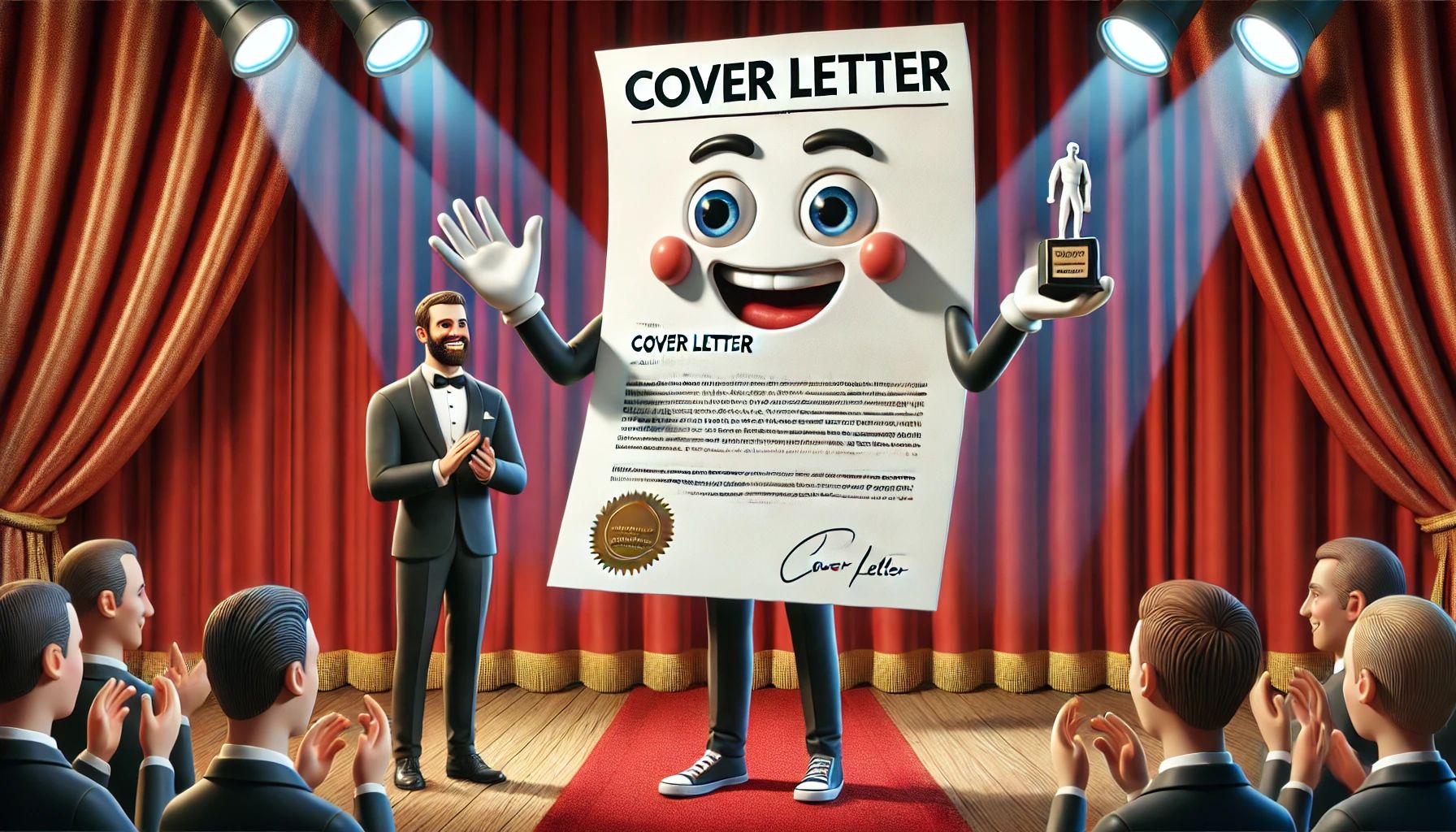
A good resume writer considers the end consumer when developing layout and writing strategy. But when really on our game, we examine the road traveled to prevent roadblocks. It is normal for lay people to consider resumes from their own perspective. It is how we filter most everything in life. But when you want a message – any message – delivered with consistency and power, you assess the recipient and the delivery system .
Many assume resume writers are free to take wild, open approaches to come up with the most creative document possible. The truth is, there are certain realities that we must account for that affect the strategy used. We have to ensure your resume consistently reaches its target and achieves the objective. A resume writer focused on effectiveness needs to know how the resume will get to the reader . Why? Well, it tells us tactically what strategies and tactics are viable.
Say you needed to get to grandma’s house for Christmas. If grandma lived on a snowy mountain with rough terrain, would you take a sports car or an ATV? If she lived in Manhattan, are you more likely to take the subway or horse? Grandma will shower you with hugs and kisses when she sees you, but you have to successfully get there first.
So let’s consider some examples:
A resume for a standard job search process (posting to vacancies, job boards, etc.) and a resume shopped by your colleague to his contacts can vary. Everything from layout and content inclusion strategy to word processor tools used can be different due to the differing path. Even if that colleague is “doing you a solid” by bringing your resume in for an internal vacancy, are they bringing the resume in to HR , or handing it directly to THE decision maker?
Are you submitting to major corporations or small-to-medium sized businesses? One’s resume has a far greater likelihood of having to traverse an applicant tracking system if applying to PriceWaterhouseCoopers than if applying with local CPA offices.
How about the volume of competition you are facing? There are only 24 hours in the day. The more applicants HR must review, the less time can be dedicated to your resume. This may determine how content dense you will want your resume to be. More attention may want to be placed on providing easily digestible bites of information. And they should be strategically placed to ensure maximum exposure and comprehension.
The resume’s projected journey can and influence everything, including the resume’s length, commitment to pure chronology, job description density, and use of formatting tools such as headers, tabs, tables, italics, bolding, etc.
If you’re not paying attention to the road traveled, there is a chance you never make it to grandma’s house (and I’m eating your piece of pie!)













